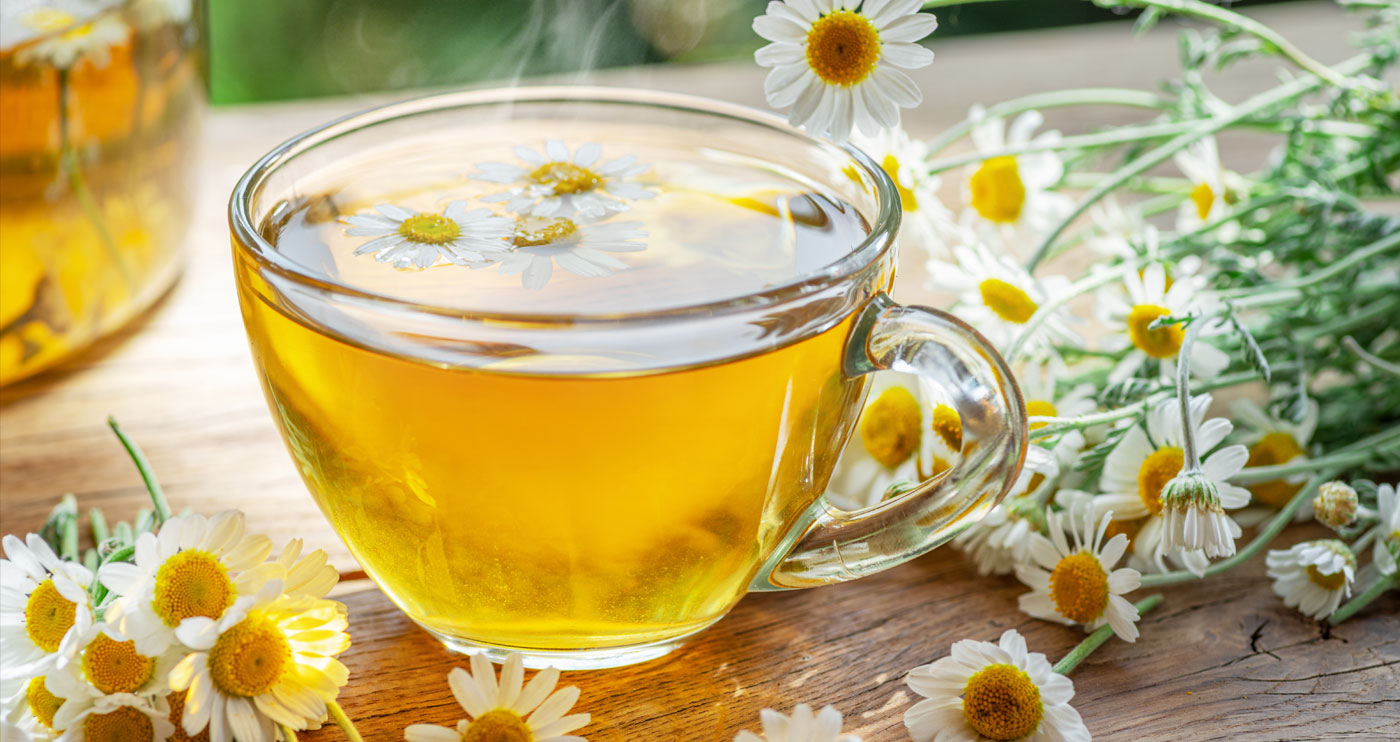
Tea is beloved the world over as a way to wake up in the morning, take a break during the day, and wind down at night. This beverage is more than it appears, however — different teas can have the power to help you improve your health, lose weight, and possibly even live longer. Here are nine different types of tea, and their various benefits:
“True” Teas
To tea purists, only beverages brewed from the leaves of Camellia sinensis qualify as real tea. This is the source of what most of us think of when we imagine tea.
White Tea
White tea is the least processed form of C. sinensis. Unlike other teas, it isn’t cured or fermented. As a result, much of its antioxidant profile remains intact. Some research suggests that this tea may be the best at protecting cells from free radical damage, which can be a precursor to cancer.
Green Tea
Green tea is slightly more processed than white. It’s made with leaves that have been steamed, and contains a compound called epigallocatechin gallate, or EGCG. Research has shown that EGCG may help aid weight loss by increasing overall calorie burn and causing the body to use stored fat for energy. Like white tea, it’s also very high in antioxidants that may help prevent certain forms of cancer and heart disease and mitigate inflammatory conditions.
Black Tea
Black tea is made with fermented C. sinensis leaves. While it’s often touted as having the highest caffeine content of all the teas, this isn’t necessarily true — a lot of variables impact the caffeine that ends up in your cup, too many to generalize. Black tea is another source of antioxidants, and some studies have shown that it may help protect against lung damage due to cigarette smoke.
Pu-erh Tea
Pu-erh tea is a subtype of black tea made of aged and fermented leaves. According to animal studies, this type of tea may help reduce weight gain and improve blood lipids.
Oolong Tea
Oolong tea involves partially oxidizing the leaves. Some varieties are marketed as weight loss aids, but their use isn’t yet supported by research. However, the antioxidants found in oolong tea may help improve blood lipids.
Tisanes
Tisanes, or herbal teas, originated as medicinal beverages made of herbs steeped in water. This means that tisane (pronounced ti-zan) is the technical term for a beverage that isn’t made of C. sinensis. While they don’t have the same beneficial compounds as tea, they have plenty of their own.
Chamomile
A beloved bedtime drink, chamomile is made of either Matricaria recutita or Anthemis nobilis. It’s a natural relaxant, which can help improve your health by making it easier to get a restful night’s sleep. It’s also good for reducing anxiety, and there’s evidence that it acts as a mild pain reliever.
Dandelion
Roasted dandelion roots are often used as a caffeine-free coffee substitute, and the leaves can also be brewed like tea. It’s said to help flush the liver and stimulate the bladder. The root is also considered a prebiotic and can help aid wellness by supporting the gastric flora. For people with type 2 diabetes, dandelion root can help with insulin release.
Peppermint
Tisanes made of peppermint leaves are often used to help calm a touchy stomach by reducing nausea, gas, and bloating. Use it to help relieve occasional digestive upsets and get everything back on track.
Rooibos
Rooibos (pronounced roy-boss) is made from Aspalathus linearis, a plant that grows in one specific geographic area in South Africa. Since it’s caffeine-free, it’s often used as a substitute for C. sinensis by people who can’t tolerate caffeine. It’s full of antioxidants that may help protect against heart disease and cancer, and research suggests that it may inhibit an enzyme that increases blood pressure and improve blood lipids in people at risk of heart disease. This tea is also the only natural source of a compound called aspalathin, which may help reduce insulin resistance.
Tea is one of the world’s most widely studied beverages. Its antioxidant benefits and safety are well known. For people who can’t tolerate C. sinensis, tisanes offer a caffeine-free, health-boosting alternative.